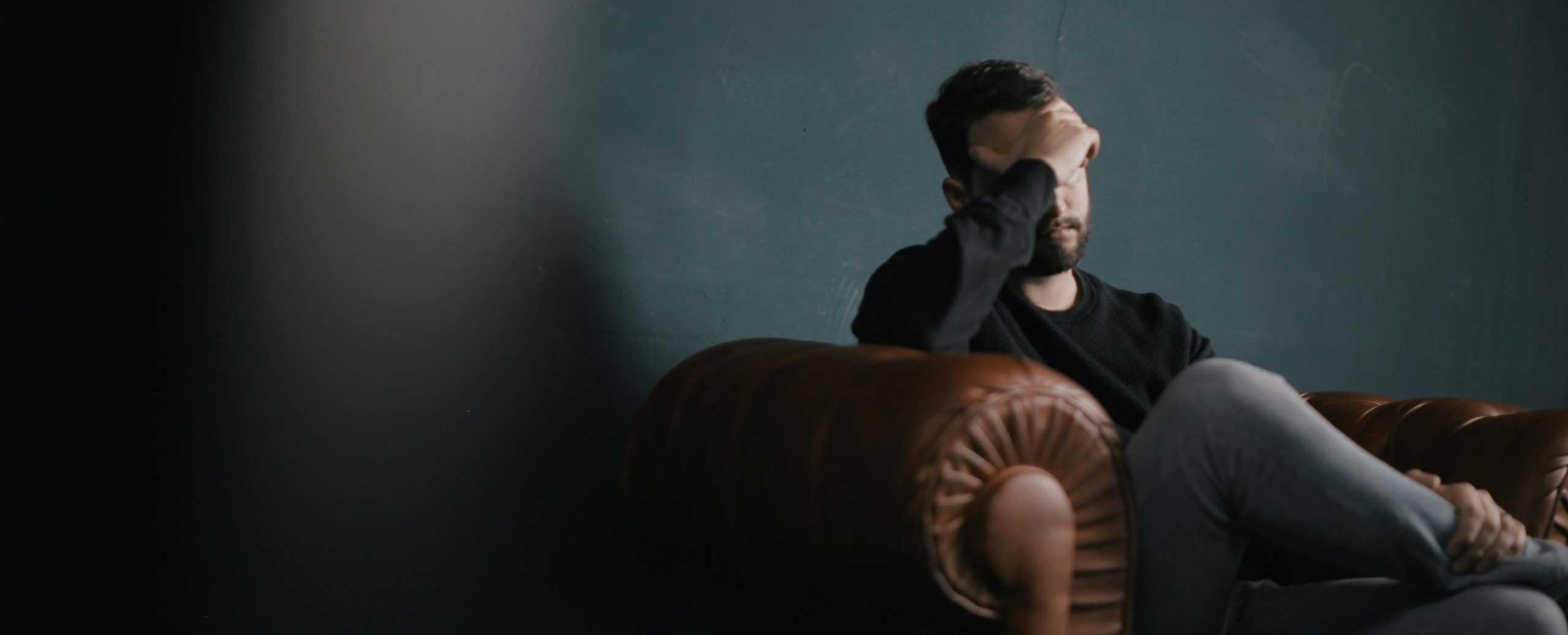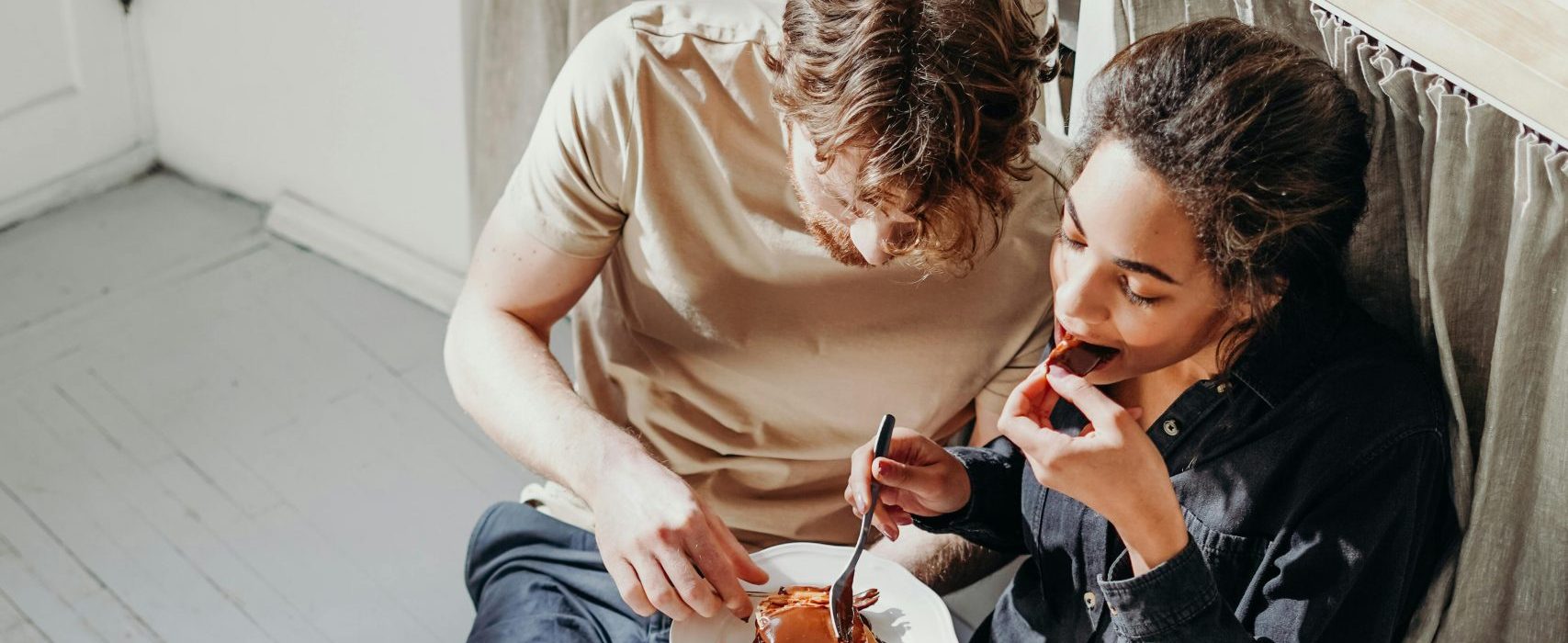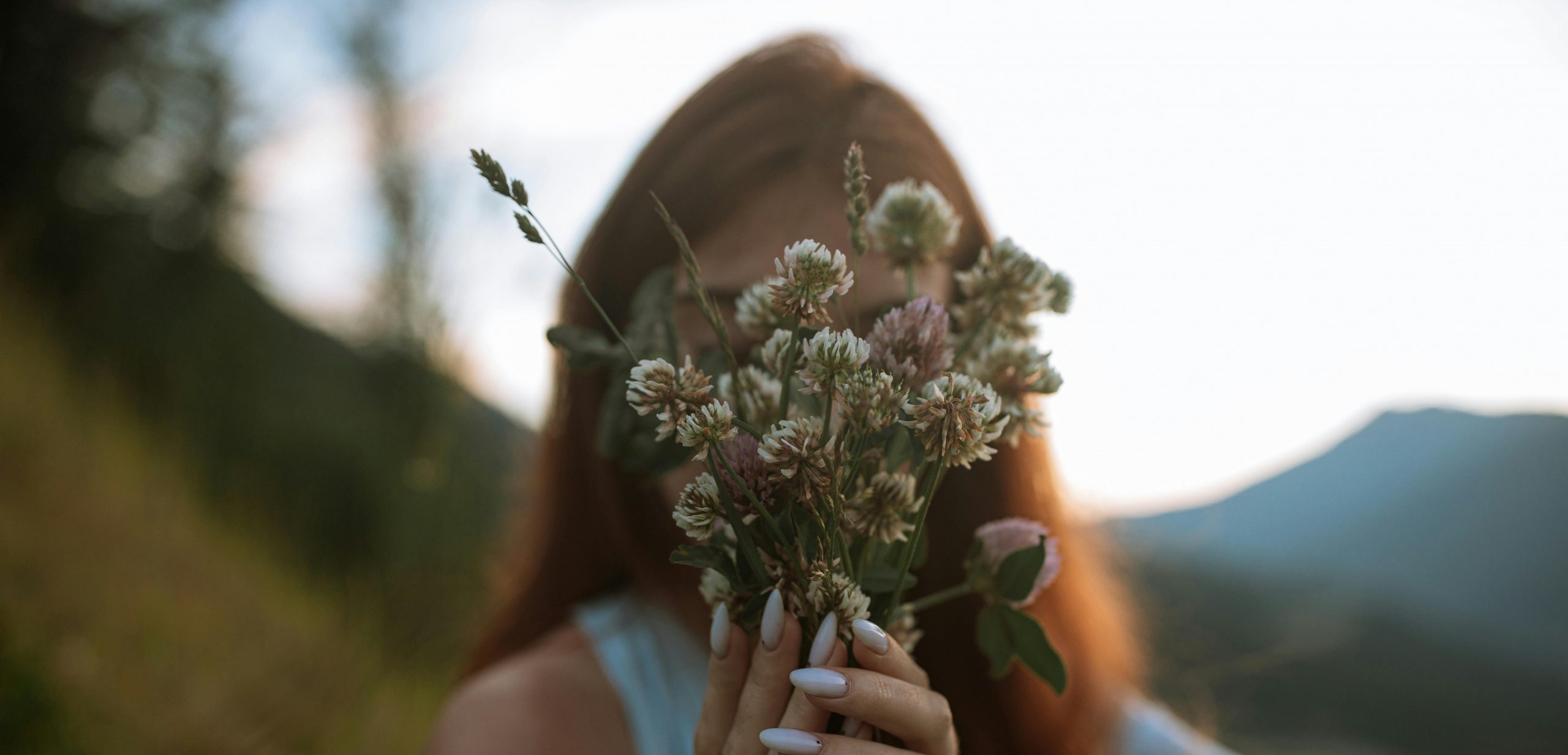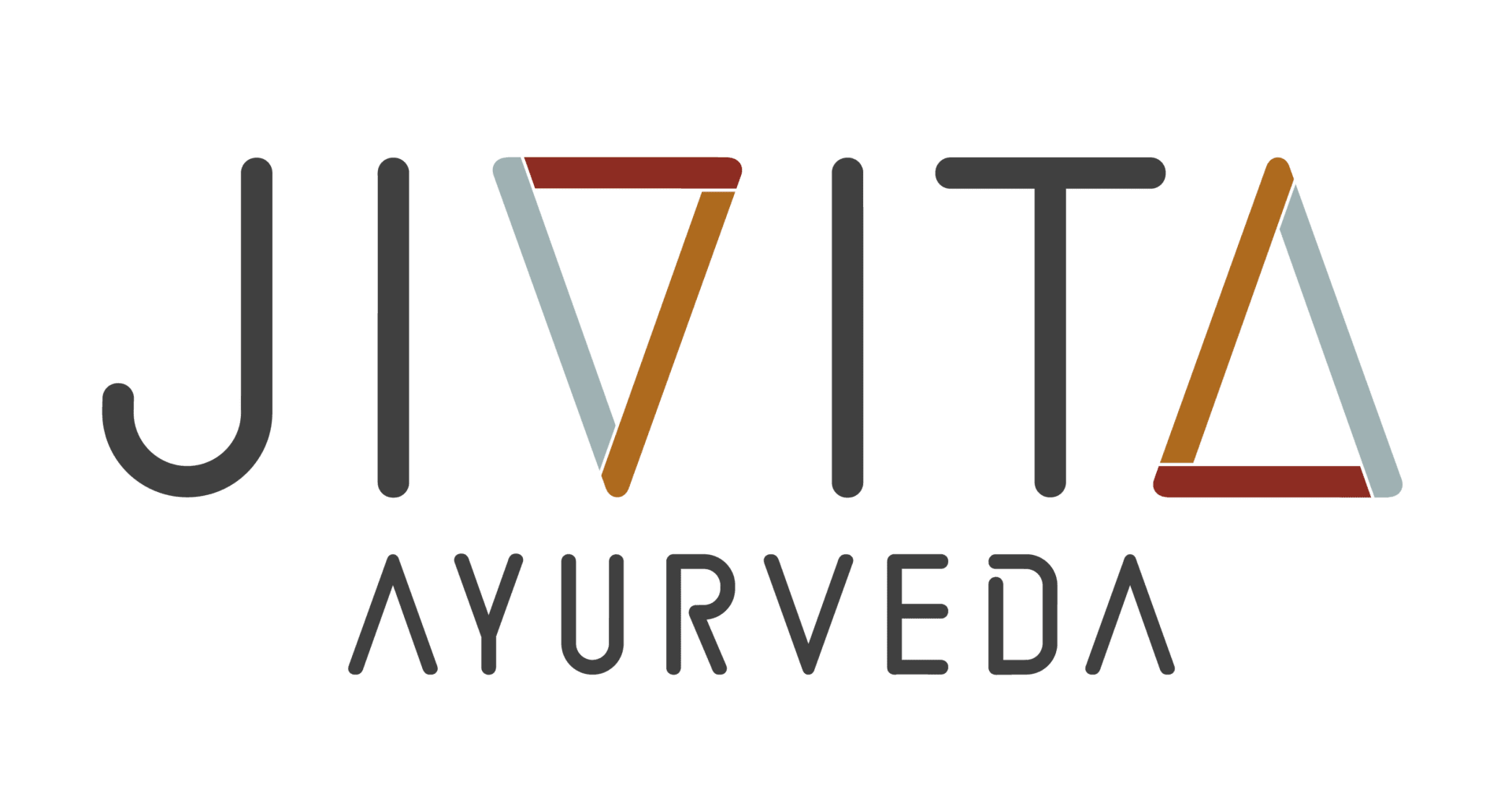Cancer isn’t always finished when the treatments end. As an Ayurvedic practitioner and therapist working with the bodymind, I see the ripples long after the diagnosis is clear and the chemo is over. The physical and emotional pain can return in ways no one can predict and no timeline can prepare someone for. Two clients I’ve worked with recently have reminded me just how complex and individual this journey is.
One of them came to me with intermittently numbing hands. It was like someone had wrapped her hands and part of her arms in a dull fog. After some research I recognised it as stocking-glove syndrome, a form of peripheral neuropathy, which is unfortunately familiar among post-chemo clients. But what caught me was this: her chemo had ended twelve years ago.
My client had lived over a decade in what can be called remission. The numbness and the gradually increasing daily discomfort had crept up slowly and now it dominated her movement. Her doctors hadn’t given her much except gabapentin and a shrug. “It’s the nerves,” they said. “Could be chemo-related.”
And so she came to me, not expecting a miracle, just looking for someone to listen and show a different light.
In our sessions, we were able to see that the neuropathy was stress related and therefore her prognosis was positive as long as we addressed central sensitisation, the brain’s ability to create neuropathy. Always checking in we used Ayurvedic remedies, lifestyle changes, stress management and soft mobilisations. Some days she felt better, other days less. But something began to shift, not just in the nerves, but in how she carried the experience. Now, she feels like her body is telling the truth, and someone is finally listening and addressing it, not just bypassing the issue for something that cannot be addressed or managed with inefficient medication.
Another client, a different story but just as powerful, had been in remission from breast cancer for a couple of years. Life had moved on for her and she was busy and active. But then came a deep, gnawing deep felt back ache, which for some reason was overlooked and not connected to the previous cancer. It was misdiagnosed first as muscular or stress-related pain.
But indeed, the cancer had returned, entering in her spine causing almost unbearable pain whilst breaking hard bone tissue. What haunted her the most wasn’t just the diagnosis, it was that her body had been trying to tell her something for so long, and no one had listened.
Working with her now, I move attentively providing a healing touch and presence. The goal is not fixing the pain but supporting what still feels good: the warmth of the oil on the skin, the rhythm of breathing together in silence. Other times, it’s about finding the exact position where her back can rest and let go, if only for a few moments.
What these two people have taught me, again, is that pain is never just physical. It carries memory, trauma and a fight to be heard. Cancer pain doesn’t follow the timelines we expect. It resurfaces, transforms and catches people off guard. It shows up in nerves and bones, in the quiet reminder of an ache of that the body needs constant maintenance and surveillance, and that traces and memories can live deep within, even when the scans are clear.
Ayurvedic healing modalities such as diet and lifestyle management massage have their own way of supporting these stories. They may not erase the pain, however, they create space and time for the nervous system to settle, experience rest and potentially gain self-regulation and healing. We hold bodies with attention and intention, create rhythm and flow in life and in body therapy that can distract the client from their pain, reduce fear and feel real in their experience.
To anyone walking the path of cancer, or living in the long, uncertain shadow it leaves behind, please know this: your body is not betraying you by sending signs of pain or numbness. The experience is real and should be addressed as soon as it appears.
UCL student no: 2425050
More Posts

SAD – Seasonal affective disorder
In states of fear, our physiology reroutes blood flow to the brainstem, the reptilian brain responsible for fight-or-flight responses, at the expense of the forebrain, particularly the frontal lobe.

Chronic Pain Management Crisis
the future of chronic pain management must become system-based, focusing on restoring self-regulation rather than merely silencing symptoms. Safety and comfort are not luxuries but therapeutic imperatives.

Nourished by more than food
Whether through strained relationships, emotional turbulence, or simply being surrounded by agitation, the body’s internal rhythms are deeply impacted by the company we keep.

How to connect with nature
Remarkably, this sense of connection is not elusive or abstract. It begins with something simple and accessible: the timing of our daily actions.
